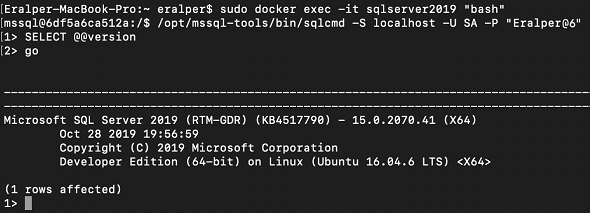

You’ll may also want an easy way of checking the current configuration information for all your servers, preferably in an MS Office application, such as Excel.īelow is as PowerShell script that saves the configuration information of a number of instances to a spreadsheet: Once the spreadsheet is created, the PowerShell script is no longer needed since the data can be refreshed from within Excel. If you regularly schedule the collection of this information, then a source control system can inform you of any changes in your server configuration and, within reason, when it happened. This is valuable because you can then save the settings in source control, and can keep track of all the changes for each of your instances.

Collecting and Saving Configuration Information for a Number of Servers.īesides using the above Transact-SQL scripts to gather SQL Server instance-level settings, you can also get these values via SMO. But don’t worry, buy the time you finish this article, they will all make sense. This option is explained later in the chapter.Īt this point, the above explanations may not mean a lot to you.


While many of the SQL Server instance level configuration options can be viewed directly from various parts of SSMS, many of them cannot be directly viewed. Testing is the only way to determine exactly what setting works best for any individual SQL Server instance. Just keep in mind that your environment might require a different setting than what I recommend in my best practices. Of course, there is no way I can cover every conceivable server variation or need, so these recommendations are generic and should apply to most SQL Server instances.
#HOW TO RUN SQL SERVER ON MAC HOW TO#
In this article I’ll show you how to easily collect this information, and I am going to explain what each setting does and the best way they typically should be configured. Now you may be wondering how to go about finding out what these 70-odd settings are for each of your instances, and how should they should best be configured. As the DBA, you should be familiar with all of the settings and what they do. Most of these should be left at their default settings, but occasionally you will need to change some of them to suit your particular database environment. These can have a significant effect on SQL Server’s behavior and performance. SQL Server has about 70 instance-level settings, depending on the version. How to Document and Configure SQL Server Instance Settings - Simple Talk Skip to content


 0 kommentar(er)
0 kommentar(er)
